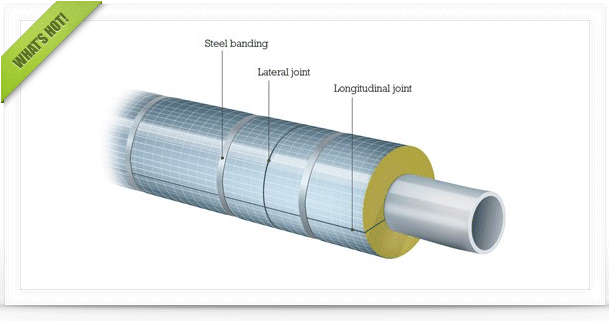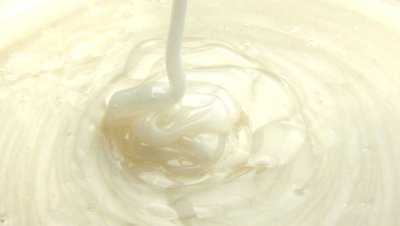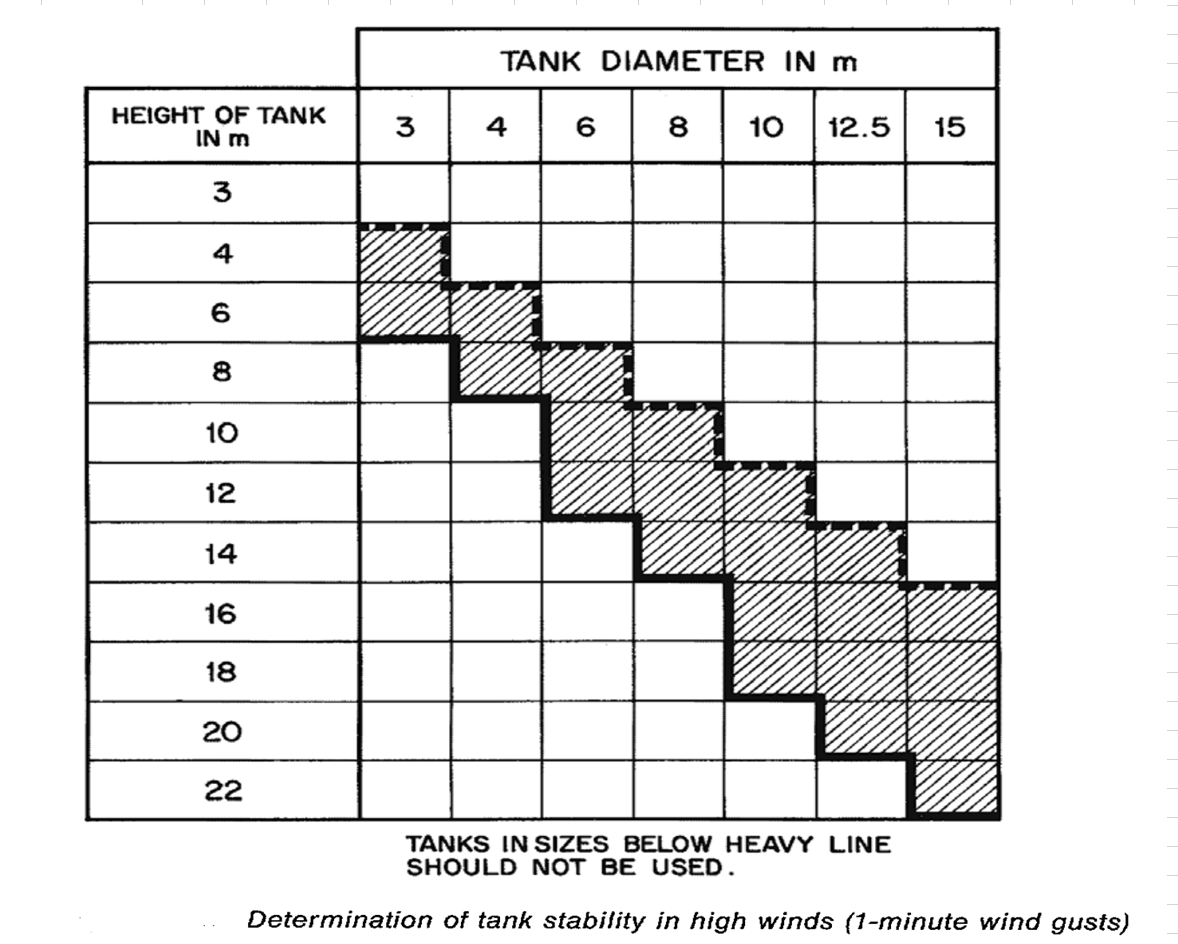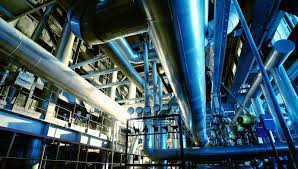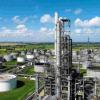Hi all, I'm currently confused about this loop (?) that I face while designing my system. So I'm currently tasked to do a hydraulic simulation of a long transmission pipeline. The service is sales gas. I need to deliver 35 MMSCFD of gas. My feed has 500 psig of max pressure and the destination pressure is 750 psig. I developed two option, compressor station at the upstream and compressor station at the downstream.
I use pipesim as my tools to do the hydraulic simulation. To use pipesim, you first need to chose the schedule (wall thickness) of your pipeline to do the simulation and after that you'll get the backpresure. After getting the backpressure, i then can know the op. system of the pipeline and use it as a base to determine my design pressure that will be used for determining the wall thickness. And once i get the wall thickness, i have to re-do the simulation with the new calculated wall thickness, and the backpressure will change too. So it kinda keep me in the loop. I really dont know how to explain this better but im so confused how do i determine the design pressure of a pipeline without getting stuck in a loop like this? Should i just fully rate my pipeline? But then my wall thickness will be too thick and the pressure drop of the pipeline will be bigger too. I read in NORSOK that you can determine the design pressure of compressor using the shut in pressure by adding the maximum suction pressure with 1.3 times the differential pressure and since my system has a compressor too maybe i can use this as a base, but this will lead me in the same loop too.
P.s. as per my last post someone said "my question was not appropriate to be put in this topic and i should move to students forum." guys idk how to tell this i really am a process engineer in a small engineering company and im new. i wish i could ask my supervisor or anyone with more experiences than me but i cant we're all too occupied with our own project. im handling this project alone and i shouldnt be but i dont have any choice.

 FB
FB
